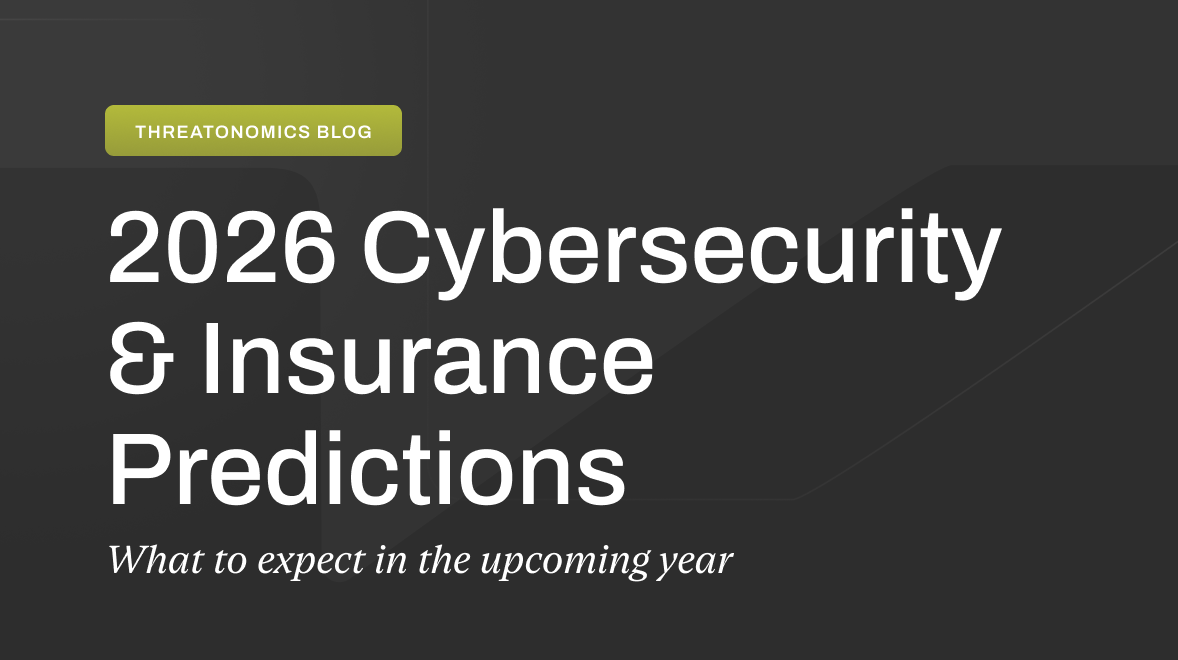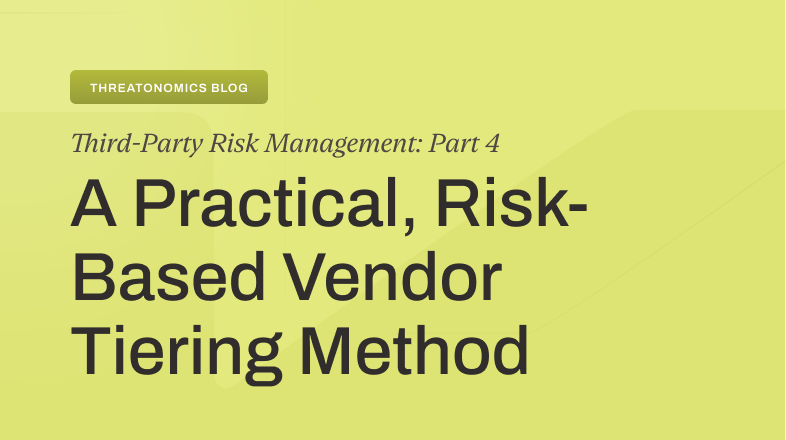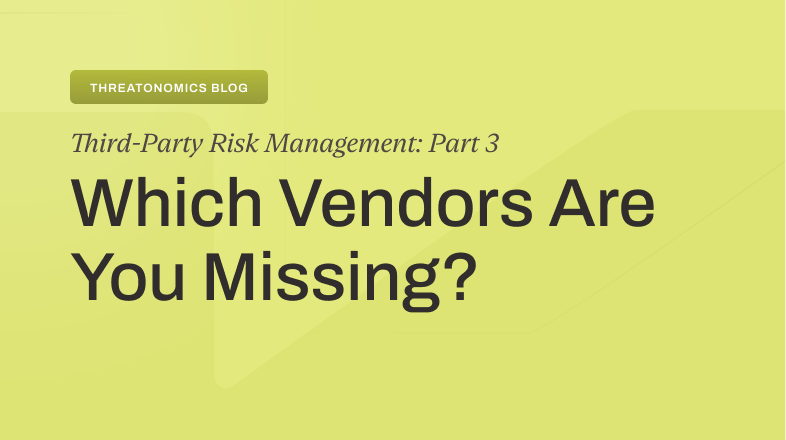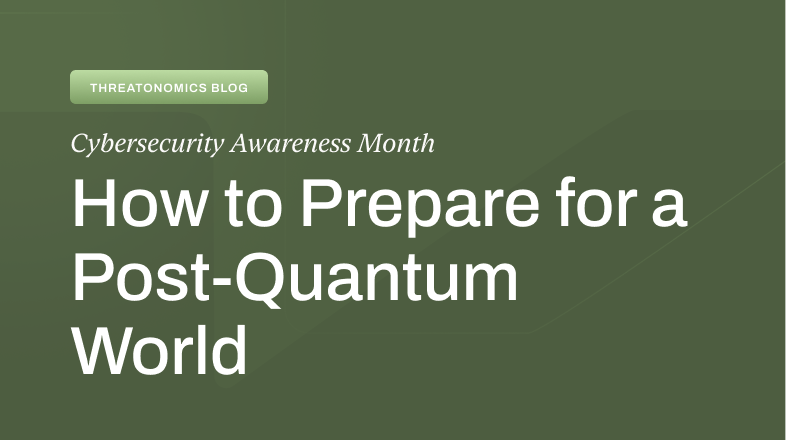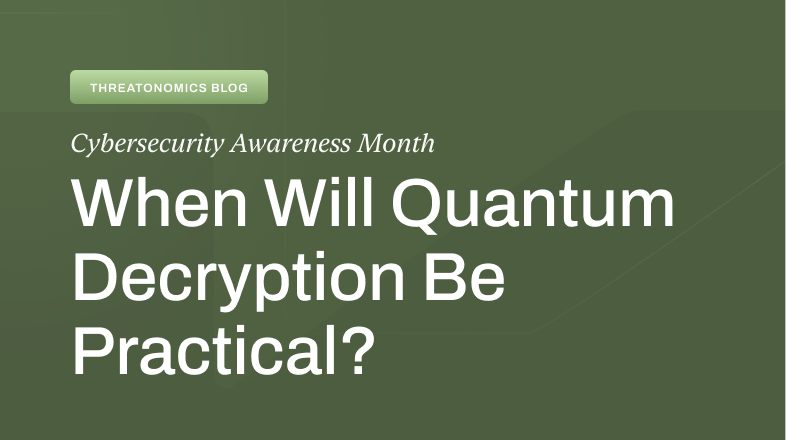The ever-evolving landscape of technology is constantly pushing the boundaries of cyber insurance claims. While advancements in tech bring exciting possibilities, outdated legislation is struggling to keep pace. This creates a murky environment where data breaches can quickly morph into complex legal battles.
As the US Claims Operation Lead at Resilience, I’ve seen firsthand the complexities that come with managing modern cyber incidents. From ransomware to deep fake frauds, the threats are continuously evolving, demanding a proactive and informed approach to incident response and risk mitigation. Below are five key insights from my recent panel, “Back to the Future: A Roadmap for the Current & Future State of Cyber Claims,” at last week’s Complex Claims & Litigation Forum, offering a glimpse into the future of cyber claims management.
1. Lawsuits are a growing cost of ransomware and BEC.
Cyber insurance claims arise from various situations, and understanding the triggers allows for better risk mitigation. Ransomware remains the top culprit, responsible for a staggering 81% of claims involving recovery expenses. However, the financial burden extends beyond data recovery. Legal action – including lawsuits, settlements, and class actions – is becoming increasingly commonplace following major breaches. In 2023, data breach class action filings reached record highs.
It’s not only ransomware incidents that are leading to lawsuits. Business email compromise (BEC) attacks are also leading to more litigation as their impact intensifies. Likewise, the liability in wire transfer losses is often complex, leaving victims with limited legal support. While cyber insurance can help offset the cost of a legal suit, it can rarely cover the entire cost.
Lawsuits are an unpredictable and significant cost of data privacy incidents, and they are likely to grow in prevalence as high-profile breaches receive more media attention.
2. New Tech, New Risks, New Lawsuits
The introduction of Artificial Intelligence (AI) has the cybersecurity community on high alert. AI-powered human-engineering attacks are becoming more sophisticated, tricking victims into divulging sensitive information that could spark litigation from both clients and other businesses.
Deepfakes and voice spoofing further complicate matters. These technologies lack a legal framework for detection and use, potentially leading to a surge in cyber breaches, claims, and data privacy lawsuits as AI’s influence grows. There is hope for new legislation in the future. In the meantime, AI is predicted to lead to an uptick in cyber breaches, claims, and data privacy lawsuits.
The cyber-world is entering into the unknown regarding these new technological capabilities. However, the lack of modern legislation is not unique to AI. Most new technologies lack updated legislation to define the parameters of usage and data privacy, and old laws are being relied on to guide data privacy lawsuits.
3. Outdated Laws vs. Cutting-Edge Tech: A Recipe for Disputes
The rapid pace of technological advancement dwarfs the glacial speed of legislative reform. This means most data privacy lawsuits rely on outdated laws that are ill-equipped to handle modern complexities.
Consider the Video Privacy Protection Act (VPPA), which was established in 1988 for a pre-internet world that could never have imagined the introduction of social media. Now, courts interpret “video tape service providers” more broadly, encompassing companies offering recorded video content online.
Take, for example, the class action lawsuit filed against Chick-fil-A, alleging they allowed a Facebook tracking pixel to monitor users’ video-watching behavior. The data sharing between the organization and Facebook breached the VPPA by sharing unique ID numbers that Facebook was able to use to identify users and send them targeted ads.
Online tracking is a legal grey area, and several lawsuits have alleged VPPA violations over the past few years. Organizations must be mindful of what data they collect and how that data is used and more carefully consider what data they allow to be tracked when browsing online.
4. Arbitration: A Streamlined Solution
As data privacy issues are increasingly brought into the courtroom, another less procedurally complex solution is growing in popularity. Arbitration offers an alternative dispute resolution that can be carried out in private, which means a simplified, less expensive, path to resolving conflicts. In an arbitration, lawyers for both sides present evidence to an independent party to make a well-informed and legally binding decision.
Arbitration clauses are often included in large business contracts to establish a clear pathway for dispute resolution. For B2B and third-party businesses, an arbitration clause can be a preemptive strategy that keeps disputes out of a courtroom. Though arbitration is traditionally for businesses interacting with each other, individuals can contribute to mass arbitration regarding data privacy issues.
Arbitration offers greater privacy than public lawsuits, which can minimize reputational damage and resolve disputes more quickly and confidentially.
5. Avoid Dispute: being mindful of how your organization uses and stores client data
While filing a claim is a great way to recover financially from an incident, avoiding one altogether is preferable. The best way to prevent a claim is to prevent an incident in the first place. Though cyber incidents are unpredictable, being mindful and following data privacy legislation is an easy step to help organizations avoid costly lawsuits.
Resilience: Your Partner in Complex Claims
If you should experience an incident, navigating communications post-event requires experienced counsel to create a clear and succinct narrative. Oversharing can open the door to potential lawsuits if the public is made aware of details that were provided improperly. Likewise, expert guidance can help organizations mitigate reputational damage, resolve the incident more quickly, and offer guidance should the need for legal action or arbitration arise.
At Resilience, our expert claims team works hand-in-hand with our clients to keep claims from turning into complex litigation scenarios. When a complex situation is unavoidable, we offer access to a tailored network of forensics and legal experts who can help to navigate any challenges with old legislation, arbitrations, and more.




